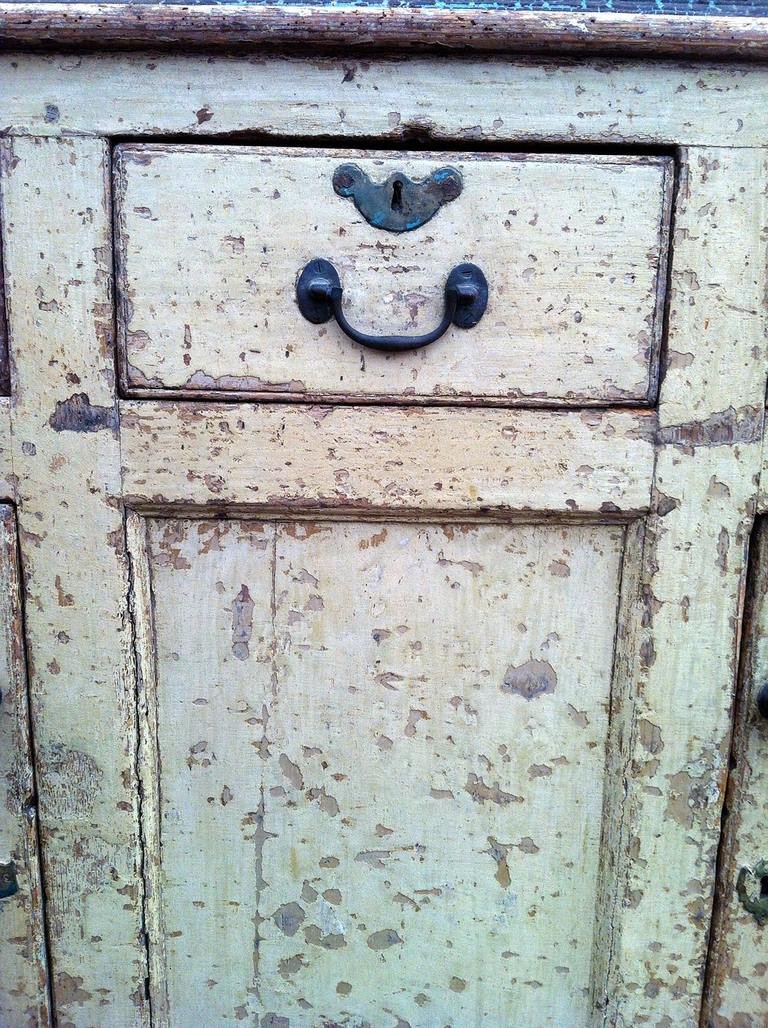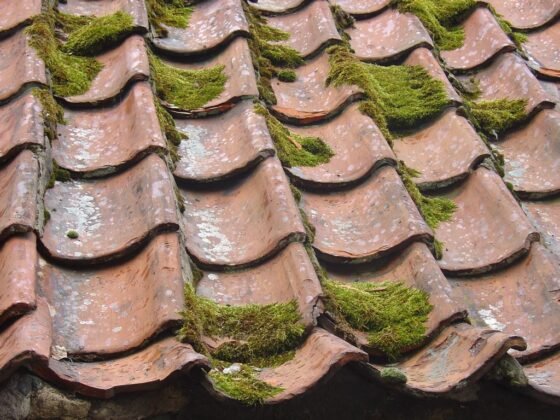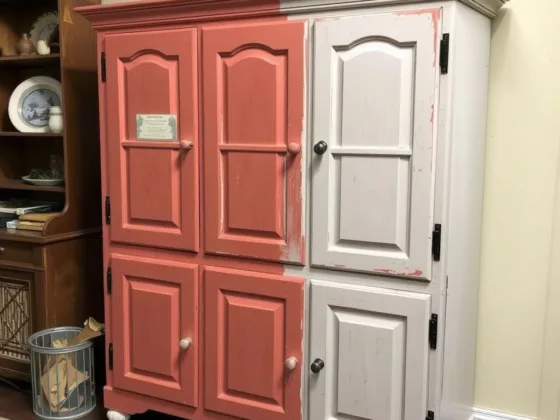Table of Contents Show
It’s interesting how what might have been unfashionable in the furniture and decor world 60 years ago is all the rage now.
Nowadays, individuals will go out of their way to modify existing pieces to look ‘rougher’ or make it a point to hit every thrift store within a 50-kilometer radius to find just the right ‘one of a kind’ piece for their home or renovation project.

If you’re into the look but aren’t into poring over old furniture in a thrift store or you shopped for hours and have hauled home some new pieces, read on.
We’ve put together a comprehensive guide to distressing your wooden furniture.
Get Prepped
First thing’s first. We don’t advise ripping out the sander in your living room with abandon. Here are a few things you should make sure you have available to make your DIY project a success:
- Paint (color of your choice)
- Paintbrush
- Sanding paper & steel wool
- Rags/tack cloths
- Drop cloths (can be old towels in a pinch)
- Polyethylene
- Stain (not 100% necessary)
- A candle (not in a jar or container)
Get Started
This is doable in any space, but you’ll want to make sure you clear the area of anything you don’t want to accidentally get dirty.
We recommend sanding outdoors or in your garage, but certainly, you can sand and finish indoors. However, make sure you have proper ventilation and a good vacuum or drop cloth to collect dust.
Read Also:
Step One
Sand your piece. If your furniture is unfinished, you only need to lightly sand. If it has paint or stain on it already, you’ll want to spend more time on it. When you’ve completed this, wipe it down with a tack cloth or rag as best as you can. Make sure there’s no dust left behind.
Step Two
This one is pretty simple. Paint your piece of furniture and allow it to dry. Some DIY’ers like to do two colors, to give the illusion of ‘old’ paint peeking through the ‘new’ paint.
If you only want the wood to peek through, leave it at just one color. A second coat is optional but not necessary.
Step Three
This step goes hand in hand with step two. If you’re going for a ‘two-color’ look as mentioned above, wait for your base coat to dry. Then rub your candle over areas that would naturally ‘distress’ before others. These include edges, spots where you’d put plates and cups, and areas that nick or scratch easily.
After you’ve done this, paint it over with your second color. The wax will prevent the second coat from fully adhering to the base coat – doing a lot of your work for you.
If you aren’t doing a two-toned look, you’ll (of course) skip this step and go straight to sanding.
Step Four
Time to do the actual distressing work! Use your steel wool and sandpaper to rough up where you applied the wax to reveal the paint underneath.
If you opted for wood underneath only, you’ll use sandpaper and wool to reveal the wood.
This step is completely up to personal preference. Make it as distressed as you like! Wipe off excess dust and paint flecks with your tack cloth.
Step Five
You can take this time to apply a stain if you wish (be sure to use a straight line motion instead of circular) or skip right to sealing and protecting with polyethylene. Allow to dry completely, and voila! You’ve distressed your furniture!
Renovating Soon? Selling Your Home?
Looking to get your rental space or home set up for an open house in an up and coming, millennial neighborhood? Combining the shabby chic, DIY look with professional renovation services with Codam Building Solutions is the way to go!









